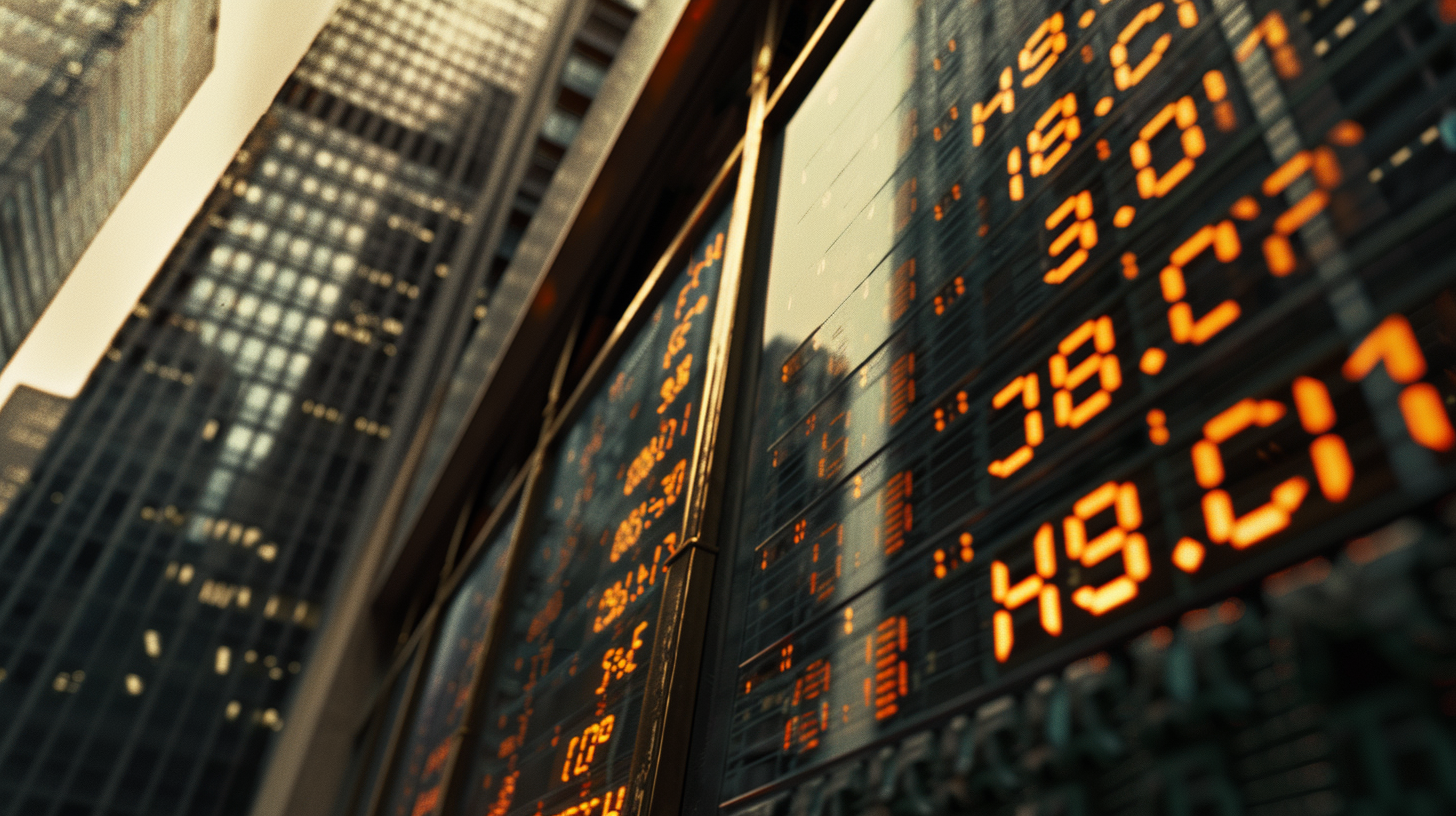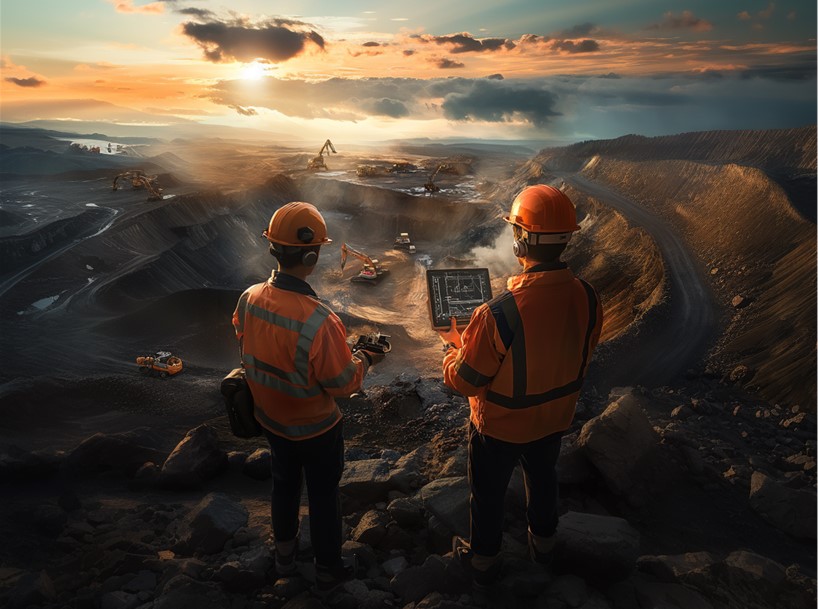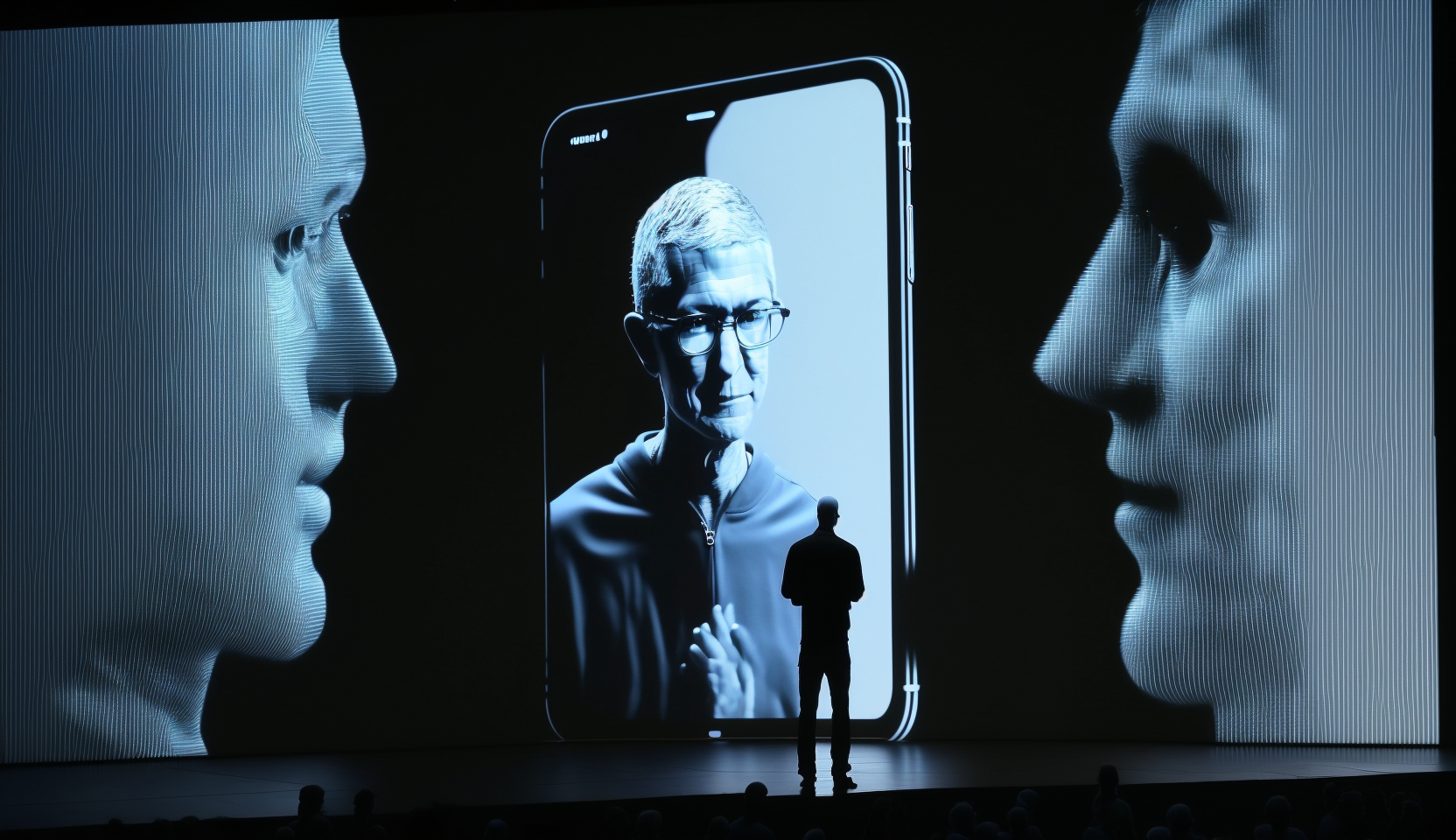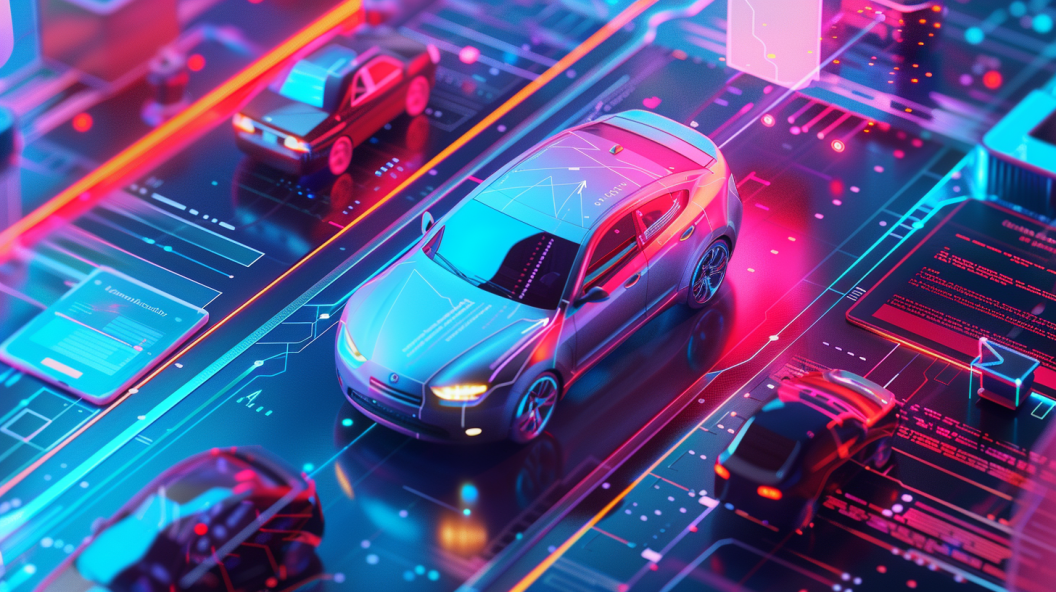| Key Points: – Meta and Microsoft’s AI spending plans trigger a broad tech stock decline. – U.S. 10-year Treasury yield climbs to 4.33%, pressuring equities. – Core PCE inflation and jobless claims data keep Fed policy under scrutiny. |
Wall Street’s main indexes dropped sharply on Thursday, driven by renewed concerns over Big Tech’s escalating artificial intelligence (AI) expenses. While both Meta and Microsoft posted better-than-expected quarterly earnings, their plans to increase already significant spending on AI infrastructure raised red flags among investors. This push toward higher AI investment triggered a sell-off in the technology sector as fears surfaced that such costs could eat into future profitability.
The Nasdaq Composite, heavily influenced by tech giants, fell approximately 2%, while the S&P 500 dropped about 1.6%, reflecting the widespread impact of these concerns. Meta and Microsoft’s focus on AI investments caused their shares to slide, signaling that, despite their strong earnings, heightened spending in this area could offset potential gains. This trend extended to other major technology companies, such as Amazon and Apple, which are also slated to report earnings soon. Investors will closely monitor their results as the “Magnificent Seven” tech giants—the group of leading high-value companies that have largely driven market gains—determine much of the market sentiment around AI and technology spending.
Bond markets added another layer of volatility to the day’s trading activity. U.S. Treasury yields rose, with the 10-year yield hitting 4.33%, its highest level in months. A stronger dollar also accompanied this climb in yields, placing additional pressure on stocks, particularly in sectors sensitive to rate fluctuations. Meanwhile, across the Atlantic, the UK faced a bond market sell-off, fueled by inflation fears related to recent fiscal stimulus, adding further tension to global markets.
Compounding the market’s cautious mood was new economic data reflecting inflationary pressures and resilient employment. The Personal Consumption Expenditures (PCE) index, the Federal Reserve’s favored inflation gauge, showed core inflation rising 2.7% in September, maintaining August’s rate and slightly exceeding economists’ expectations. The data hints that inflationary forces might still be persistent, adding pressure on the Federal Reserve as it prepares for its next policy meeting. Investors are now left questioning whether the Fed might adjust its rate policy to control inflation, particularly as a series of rate cuts had been anticipated.
Additionally, weekly jobless claims fell to 216,000, a five-month low that was below market expectations of 230,000. This lower-than-expected figure further indicates a strong job market, a factor that could complicate the Fed’s decision on interest rates. Combined with last month’s spike in private payrolls, this data builds a case for economic resilience, though the Fed must balance this with inflation management. With the critical monthly jobs report due Friday, investors anticipate further insights into employment trends and inflation risks as they navigate these mixed signals.
This blend of rising bond yields, mixed tech earnings, and economic data reflecting both inflation and robust employment presents a complex landscape for investors. The challenges of AI’s impact on Big Tech’s financials, alongside uncertain Fed policy in the face of economic data, have amplified market volatility. The coming weeks, including additional earnings from major tech players, Middle Eastern tensions, the Nov. 5 U.S. election, and the Fed’s upcoming policy meeting, suggest that market fluctuations will likely continue.















